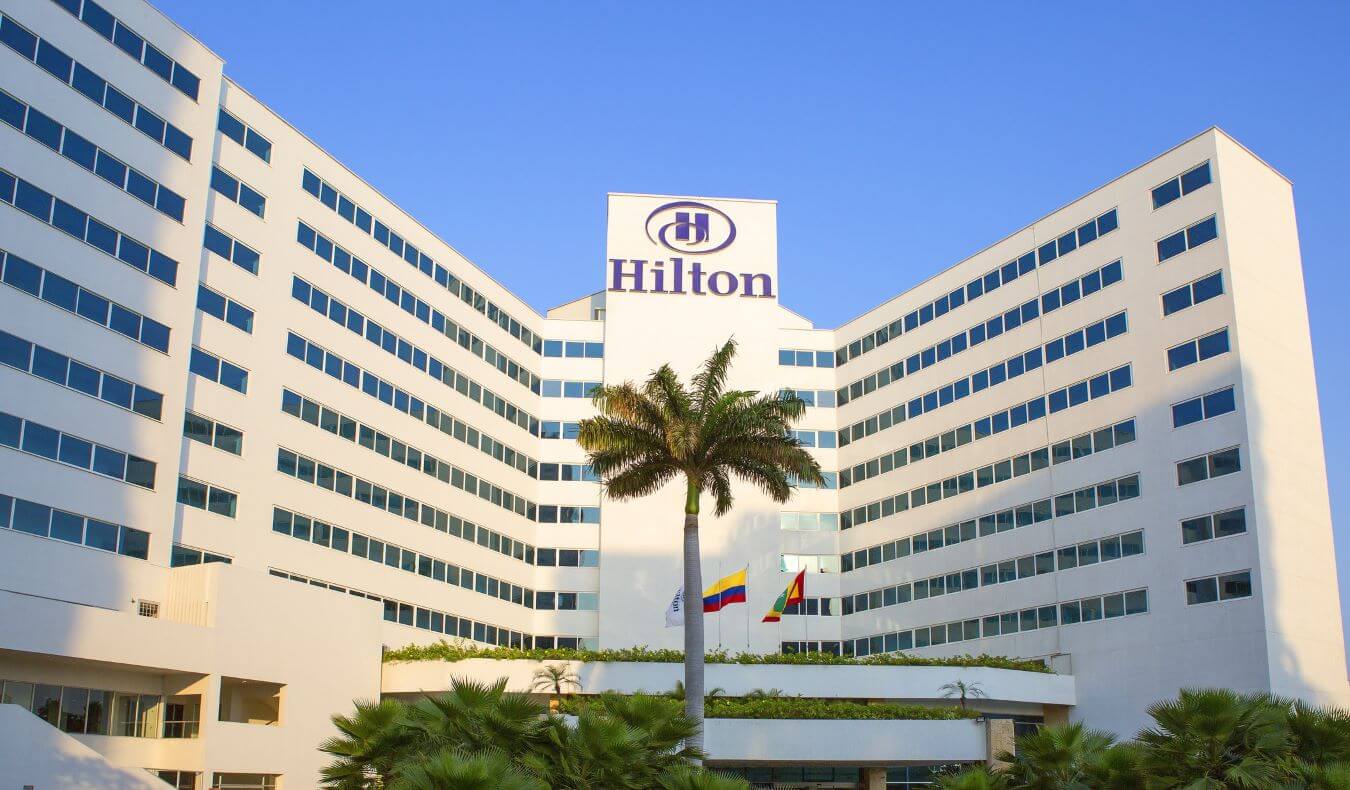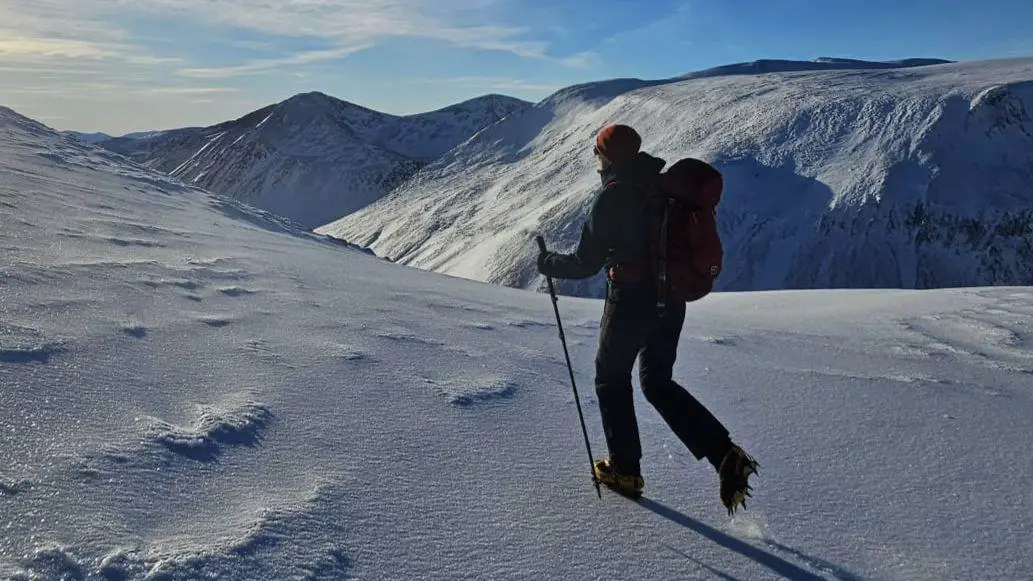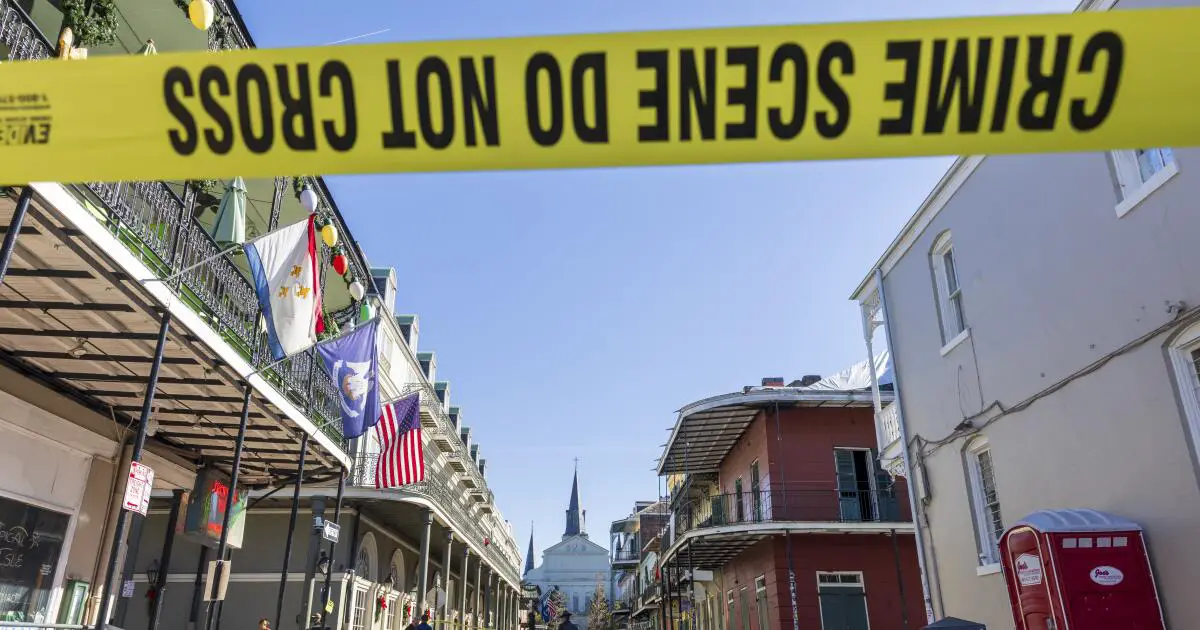My overriding memories of crossing countries by train, on a trip from London to Albania, are of half-empty carriages and countryside sweeping past windows bathed in the soft orange glow of sunset. I remember cypress trees, red-roofed villages with square churches, farmland in neat strips and row upon row of vineyards.
On my London-Paris-Chambéry-Turin-Bari-Tirana journey over land and sea, there was, for long stretches, little to do. The wifi was patchy. It took a while to adapt to having so much time to simply watch the world go by, travelling through landscapes without having to navigate them.
The biggest stress happened long before I set off, when a landslide not far from the French border with Italy blocked the rail line between Chambéry and Turin, forcing a closure that continues today. Byway, the no-fly operator I had booked with, offered to reroute me through Nice and on to Turin via the Vermenagna valley (with changes in Tende and Cuneo), or book me on the FlixBus service over part of the Mont Blanc massif. I was keen to see Chambéry and the Alps, so I chose the bus.
People seemed surprised when I told them I was travelling overland to Albania. As I gushed about the romance of slow travel by train and sleeper ferry, and my excitement about Tirana, I got comments about being “brave”. I didn’t feel especially brave: all the planning, tickets and hotel bookings were done for me, and friendly help was a WhatsApp call away if needed.
I just had to download the Rail Planner app for my Interrail pass and make sure I was at the right station at the right time (Turin was the biggest challenge: it has four main railway stations and taxis scream between them bearing anxious-looking passengers).
The entire journey took four days. If I did it all again, I’d stay longer in Puglia, the heel of Italy’s boot – and remember to buy my Paris Métro ticket from the cafe on the Eurostar.
Day one: London to Chambéry
First to Paris’s Gare du Nord, then the metro to Gare de Lyon, where I make a beeline for a cafe opposite the station. Noise pervades the pavement tables of Café Terminus, but the cacophony is delightful – an atmospheric place for a citron pressé.
I’m in plenty of time for the train to Chambéry and, excitingly, am on the upper deck. Soon, we break free from the suburbs to trace huge stands of forest. Beyond Lyon begins a ripple of hills, lazy rivers and thickly forested slopes. As evening approaches, it’s all Alpine scenery. I arrive at an almost-empty station and walk to the boutique Hotel des Princes in Chambéry’s old town.
Chambéry has an Italian feel – it was the seat of the House of Savoy before the dynasty moved on to Turin – and its medieval alleys, cathedral and pastel-coloured townhouses are quietly impressive. The 1838 Fontaine des Éléphants sits in the middle of the closest square to the old town, and peeking from the end of every street are the Bauges and Chartreuse mountain ranges. My stay is peaceful and easy.
Day two: Chambéry to Turin
From Chambéry, the train to Turin would take about 2½ hours, but the bus takes double this. I’m on the top deck again, which is worth it for the sight of misty fingers of early morning light breaking across the mountain ridge. Snoozing backpackers rouse themselves to snap pictures of remote Mont Blanc peaks, before slumbering once more through the tunnel to Italy. In Turin there’s perfume in the air from the blossom-covered trees.
Turin’s grid of long, straight boulevards is testament to its development by the Romans – the redbrick Palatine Gate is another Roman relic – and its grand piazzas, royal palaces and graffitied colonnades date from the city’s Savoy heyday in the 16th and 17th centuries. Today, the number one attraction is the Museo Egizio (Egyptian Museum).
My favourite moments? Ricotta and fig ice-cream on Piazza San Carlo, an aperitivo on off-the-beaten-path Via Sant’Agostino and the towering neoclassical Mole Antonelliana (national museum of cinema). I eat Turin’s famous doughy pizza al padellino (pan pizza) and spend a comfortable night in the eaves of Hotel Urbani in 19th-century residential streets close to the grand Porta Nuova train station.
after newsletter promotion
Day three: Turin to Bari
The views from my next train are of cinematic Tuscan scenes. Scorched fields, vines and Italian cypress trees. Neat red roofs and shabby-chic farmhouses. Fluffy clouds cling to hills that Google Maps tells me are the Tuscan-Emilian Apennines. After hours of soothing golden landscapes, the opal-blue Adriatic wallops into view just north of Ancona. Beach bars whip by and cypress trees are replaced with palm trees: I’ve arrived in the south of Italy.
Bari is hands down my favourite stop. The noise, heat and energy as we step off the train in the early evening are joyous. After Chambéry and Turin, Bari feels brash, a little rough around the edges even; a proper port city. The labyrinthine alleyways of the whitewashed old town are almost cliched in their cuteness. Despite the troupes of tightly packed headphone-wearing Americans following guided tours, it somehow manages to retain a tranquil atmosphere.
Old ladies yawn from the shade as tourists surreptitiously snap pictures and laundry flutters from balconies. I could stay for ever, but after 24 hours (which includes a lot of pasta, a stroll along the posh promenade to the not-so-posh city beach and a night in an elegant aparthotel, Residence Zodiacus, halfway between the station and the old town), it’s time to board the night ferry to Albania.
Day (and night) four: Bari to Tirana
I arrive at the ferry on foot and am escorted through the car deck to jokes about going in the wrong direction (to Albania, instead of from it). In the early morning I spot a pink sky through the cracked window of my comfy en suite cabin, and head to the top deck to see the sun rise over the distant outline of Albania. Disembarking in the port of Durrës is a bit of a scrum and there’s a bus to the capital waiting, but I opt instead for a five-minute taxi ride to the centre of town and breakfast of pastries and espresso on a dazzling white road lined with boutiques and palm trees. I later regret this though, as the aircon on the grubby public bus I eventually take to Tirana is more tired than I am, and drops me in an urban sprawl miles from the centre.
Tirana itself is a revelation. My hotel, Padam Boutique, is a grand villa with handsome rooms and floor-to-ceiling windows, and there’s striking new skyward architecture on every nearby street. A short stroll away is the landmark Pyramid of Tirana, which stands as a symbol and monument to change (and is fun to climb at sunset). Skanderbeg Square – a jumble of buildings erected on a roundabout at the time of the celebrations to mark the fall of communism in 1992 – is now a pedestrianised, glossy public space. There are nods to Albania’s recent, wretched history behind the iron curtain, of course – the Bunk’Art and Bunk’Art 2 museums, in nuclear bunkers are unmissable – but Tirana and the country are more than just the last century. My journey is done, but it feels like Tirana is just getting into its stride.
The trip was provided by Byway, which offers sustainable travel and accommodation packages across the UK and Europe. Its Alps to Albania trip costs from £679pp







